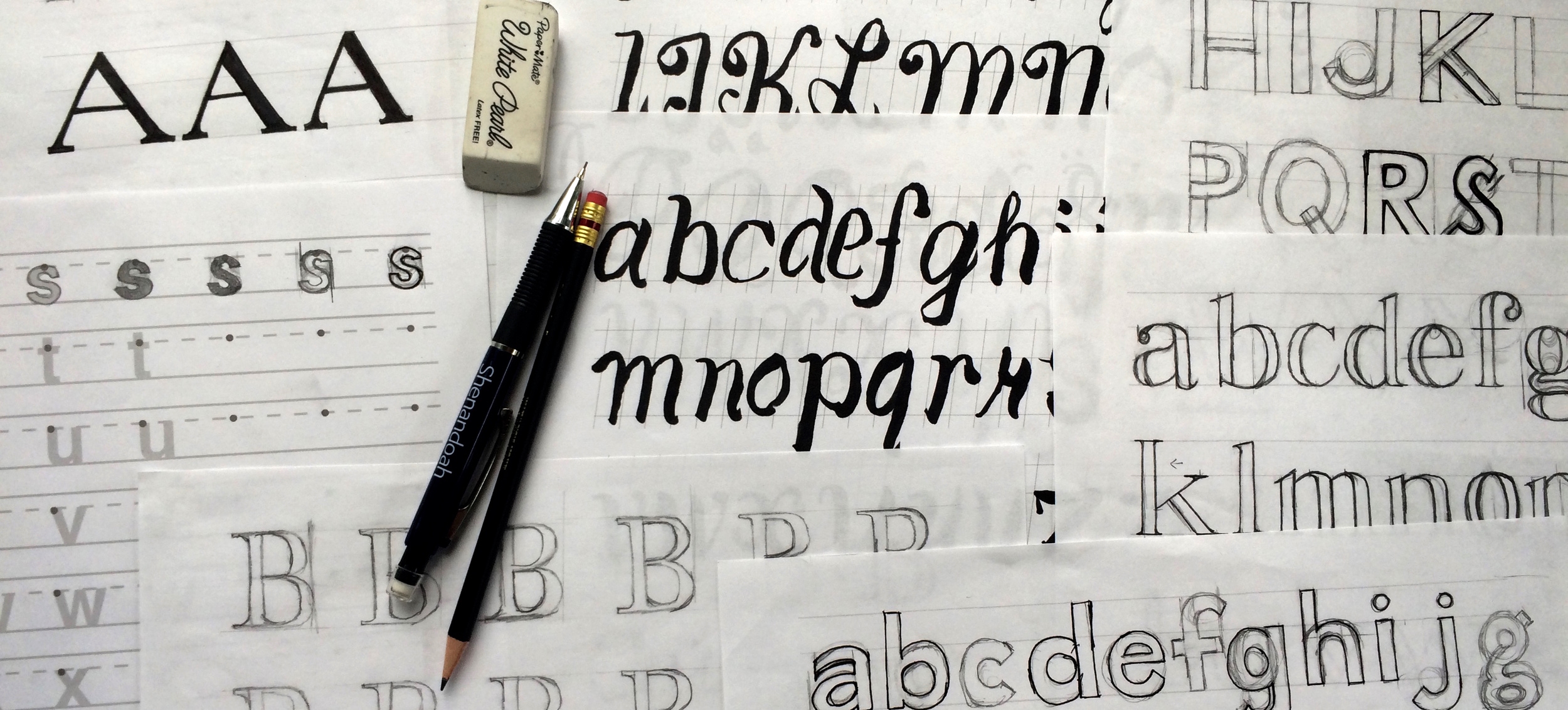As any type of creative, practicing your craft is the only way to constantly improve. When you are striving toward mastering a skill, spending time creating can be fun. You can do it whenever you have time, and get better over time.
There are a few tips that will help you get better faster that aren’t always obvious. Even if you’ve been practicing for some time, make sure you’re getting the most out of your exercises.
Plan ahead and commit
Personally, I write a list of things I need to do every day. This includes everything, not just work. If my day is particularly looking full I even attach a schedule to it so I can keep rolling by priority. Practice time is always in there, even if it's small.
If you wait until you happen to have time, chances are that you will never get to practice. I have a similar mindset when it comes to exercise. If you get in the habit, you will make a little time each day. I have learned not to stress about how much I can crank out in that amount of time, as long as it’s immersive and constructive. This has helped tremendously with my commitment. One other thing that has helped is having a lettering space always organized and ready at all times. Sometimes, I find random practice time which is a bonus.
Practice the technical details
It’s easy to get caught up in the excitement of a finalized lettering piece and slap it onto instagram. I get it. I am not immune to the fuzzy feeling of praise from other artists either. But, chances are it’s not the best work you can do. Even worse, you’re selling yourself short. A professional understands what it takes to get better. If you respect stepping stones, you will improve faster.
Master the details before you put them all together. This will not only help you execute cleaner compositions and have confidence, but you will have way more ideas to draw from. The more ideas you can start with the better the piece.
Exactly how
First, spend time practicing existing typefaces. Trace to learn and then draw the entire alphabet - plus some extra characters (ampersand, exclamation point, numbers). I suggest at least 3 basic typefaces that are different styles (serif, sans serif and a script) to start out. Then, practice a few pieces with what you’ve learned before doing more. Consider studying ligatures, and ways of connecting words as a next step.
Keep in check
Add in real life projects to cultivate your learnings and critique yourself.
While it is important not to practice by creating full pieces, it is necessary to test yourself. Now and then, apply the technical pieces into practice. This helps you calibrate what you need to be spending specific time on in the next phase of practice. Build on each skill you master and don’t stop practicing those parts either. You will notice your improvement is more rapid than just doing full pieces where something just isn’t right time and time again.
Trust your brain
After many years of design, I've learned a lot that can apply elsewhere. After practicing my craft by imitation, understanding and problem solving, ideas come a whole lot easier now. When you have a toolbox in your brain, you can spot patterns and even come up with something new. You don’t realize you’re doing this of course, but it just happens. It's hard to believe this until you actually get to that point, but you need to trust the process.
You will notice you can sketch concepts quicker, and see connections within words and letters. Your critiques will become less about spacing and letterforms and more about composition, connections and styles. This is what will make your work more thorough and solid.
